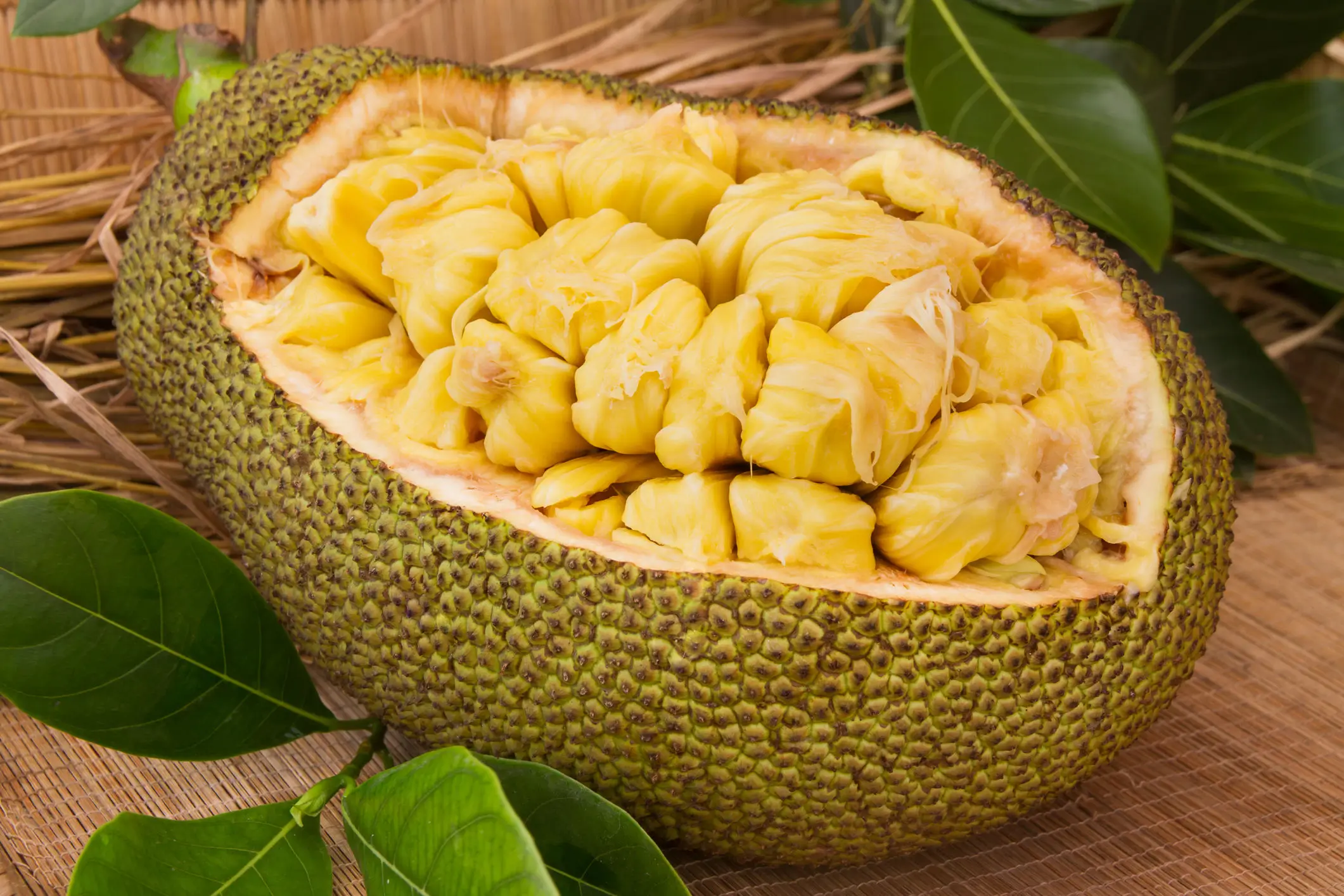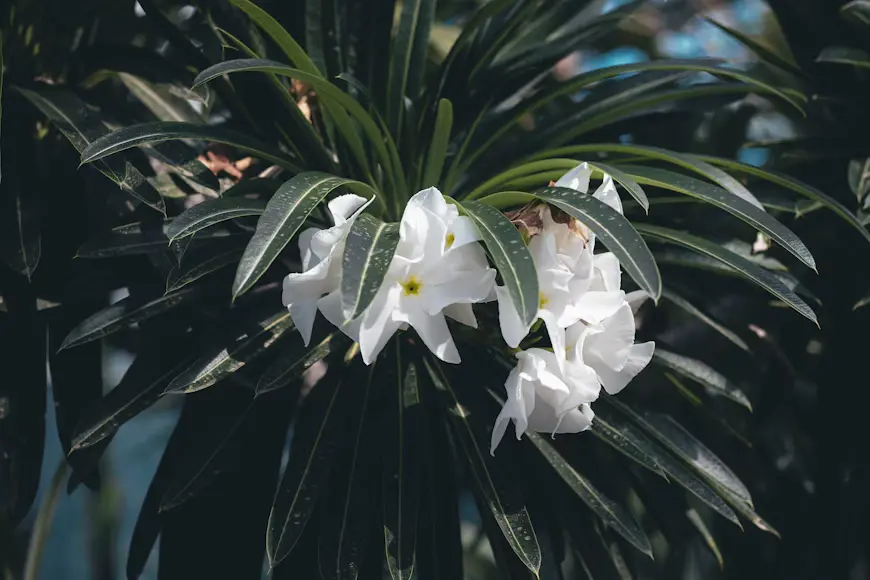
Soil Health & Fertilization
We unite suppliers and green industry professionals worldwide
Echinocactus grusonii, also known as the Cabbage Cactus, has a name that sounds like it should include leafy greens, but don’t be fooled—it’s a cactus through and through.
By Victor Miller
|Published on June 09, 2025


“What looks like a spiky green cabbage but thrives in the desert? It’s the Cabbage Cactus—nature’s most deceptive succulent!”
Echinocactus grusonii, also known as the Cabbage Cactus, has a name that sounds like it should include leafy greens, but don’t be fooled—it’s a cactus through and through. Indigenous to Mexico’s deserts, the unusual plant gets its name from its cabbage-like form and dense, spiny exterior, which looks like a garden vegetable from afar. Known as the Golden Barrel Cactus as well, it is renowned for its large round shape and brilliant golden spines, which have become a common feature of desert landscaping and succulent gardens across the globe.
What’s especially interesting about the Cabbage Cactus is its evolution into a plant that can survive the desert’s harsh conditions. Its woody stem holds substantial amounts of water, allowing it to survive long periods of drought. Though it looks prickly, the Cabbage Cactus is relatively easy to grow—give it a little TLC, and it’ll reward you with a resilient, head-turning cactus that’s bound to jump out.
Aside from its unusual appearance, the Cabbage Cactus provides some surprising advantages to the natural and agricultural world. In the wild, the plant has a role in supporting desert ecosystems — its spiny body can offer shelter to small animals,and its deep roots help anchor the sandy soil, preventing erosion. It creates a low-care, sculptural statement in rock gardens, xeriscapes, and containers.
| Botanical Name | Echinocactus grusonii |
| Common Name | Cabbage Cactus, Golden Barrel Cactus |
| Type | Perennial desert cactus |
| Height | 2–3 feet tall and wide |
| Light needs | Full sun |
| Soil requirements | Well-draining cactus or succulent mix |
| Watering requirements | Low; allow soil to dry completely between waterings |
| Hardiness Zones | 9–11 (USDA) |
| Bloom Time | Blooms infrequently. If does, it happens in late spring to early summer |

September 25, 2025
9 minute read
September 24, 2025
9 minute read
September 23, 2025
10 minute read
September 22, 2025
9 minute read


Join as a seller and connect with thousands of B2B buyers nationwide!
Sign Up

Jackfruit
A fast-growing tropical tree that yields enormous, nutrient-rich fruits with a sweet, exotic flavor

Madagascar Palm
The Madagascar Palm (Pachypodium lamerei) is a plant that has many gardeners wondering just that. Despite its name, it’s not a real palm, it’s a succulent, but it absolutely earns its place as a dramatic showpiece.

Jackman Clematis
A Beautiful Spring Climber that Adds Drama to Your Garden

Jade Plant
A Timeless Succulent That Brings Elegance and Luck
Some care is required for this low-maintenance Cabbage Cactus to thrive. Check required care tips for a healthy and beautiful cactus.
The Cabbage Cactus loves sunlight—it thrives in full sun, so be sure the plant gets a warm spot with at least six hours of direct sunlight every day. If it is an indoor cactus, set it by a sunny window where it will soak in lots of rays.
This plant needs to be planted in some well-draining soil to keep its roots happy. A specific soil mix for cacti or succulents works well, but you can also improve drainage with some sand or perlite in regular potting soil. Do not allow the soil to get soggy; this can cause root rot.
The Cabbage Cactus does not require frequent watering, just like most other succulents. During the growing season (spring and summer), water well but infrequently, approximately every 2-3 weeks. In the winter, reduce watering, as the cactus enters a phase of dormancy. Between watering, suspending home watering until absolutely needed, and always allowing the soil to dry out completely, will greatly help prevent overwatering.
Pruning a cactus can be scary — they have spines! — but it’s really important for improving the plant’s health and look.
The Cabbage Cactus can be propagated, though it is slow going and patience is key. The cactus is usually grown from seeds, but this can be difficult.
If you have limited space, or want to have your cactus indoors, then growing it potted is a good option. And it simplifies the task of moving the cactus indoors during the colder months if you live in a region out of the plant’s hardiness zone.
If you happen to live in a cold climate with temperatures in winter dropping to below 20°F, you will have to bring your Cabbage cactus inside during the winter months.
The Cabbage Cactus can bloom, but it’s an infrequent event. Its blooms are stunning when it does flower (it has big yellow blooms).
How to Induce Blooming: Provide adequate bright sunlight and care during the growth period to help if the cactus is still not blooming. Just keep in mind that Cabbage Cactus are more appreciated for their shape and spiny texture than their flowers.
While the Cabbage Cactus is quite low-maintenance, some common problems can occur.
Pests: Aphids and mealybugs are rare pests that may invade your cactus. Check for small white fuzz or sticky residue on the plant, and treat it with insecticidal soap or rubbing alcohol.
Whether it’s known as the Cabbage Cactus or the Golden Barrel, the dramatic impact this plant has on any room is undeniable. It's distinct rolling ball-shape, brightly colored golden spines and survivalist attitude to drought and high heat make it a talking point addition to any space with minimal effort. From sun-soaked patio, to minimalist digs or even a desert-themed garden, the Cabbage Cactus illustrates that we don't always have to choose between a beauty and a beast of a plant. With a little bit of light, soil and water, the sculptural cactus will thrive — and who knows, maybe bloom for you, an event witnessed by few.
Yes, the Cabbage Cactus does well as a houseplant, if it has ample sunlight. Set it by a sunny window and decrease watering in the winter months.
Water the cactus all at once, but rarely. Water every 2-3 weeks during the growing season, and water even less in winter.
The Cabbage Cactus is a slow grower and doesn’t need much fertilizer. During spring and summer, you may give it some diluted cactus fertilizer, but no fertilizer in winters.

Soil Health & Fertilization
Victor Miller

Pest Identification & Prevention
Victor Miller

Lawn Care Tips & Maintenance
Victor Miller

Soil Health & Fertilization
Victor Miller

Smart Irrigation Systems
Victor Miller

Patios, Walkways & Driveways
Victor Miller

Soil Health & Fertilization
Victor Miller

Pest Identification & Prevention
Victor Miller
My Account
Our team is always here to help.
We are open Monday - Friday, 9:00 AM to 4:30 PM PST.